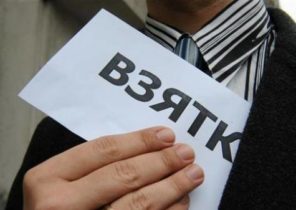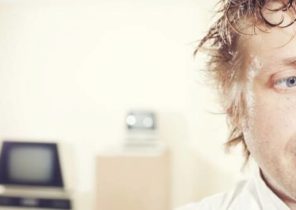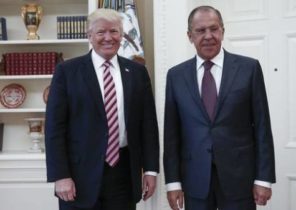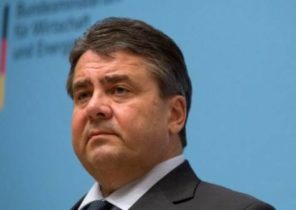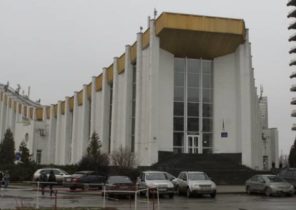
Signs of economic recovery growing, but the decline in consumption is still a black spot.
A number of indicators confirm a positive trend, which says Vladimir Putin after the longest recession since he came to power in 1999. In the third quarter, the GDP was only 0.4% yoy, which was the modest reduction since the beginning of 2015. The figures of the fourth quarter can even be in the black. The world Bank has revised its forecast of GDP in 2016, up to 0.6% from 1.2% and assumes a recovery of growth of 1.5% in 2017, and 1.7% in 2018. Nothing to do with the collapse and 3.7% in 2015, as indeed an increase of 7% from 2000 to 2008.
Two years of recession
After two years of recession in connection with the decline in oil prices and Western sanctions over the Ukrainian conflict, the rise is based primarily on industrial production growth in November (+2.7% per year). A tangible rise in oil revenues also contributed to the rise in activity. It occurred immediately after the decision of Moscow to support the OPEC agreement to limit production for the sake of raising the prices of black gold.
The rising oil prices will be the salvation of the country, where there is still a lack of diversification of industry due to the lack of genuine structural reforms. Hydrocarbons account for a third of GDP and half of the budget comes from energy. If the barrel will remain at more than $ 50, this will allow a third to reduce the deficit and postpone to a later date cuts in social programs. Another good news after the agreement with OPEC was the rise of the ruble after its humiliating collapse in December of 2014. Inflation did not exceed 6% for the year, which was a record low figure since the collapse of the USSR. We are talking about a fundamental change of trend after a strong rise in prices of 15% in late 2014 and in 2015 due to the collapse of the ruble and a Russian embargo on Western food products. The reduction of inflation should reverse the falling purchasing power of Russians and their consumption. Yet nothing like this is observed: in November, real incomes fell by 5.6% on an annual basis and retail trade fell by 4.1%.
Consumption is the main problem
The main black point in the protracted crisis remains consumption, the second driving force of economic growth after hydrocarbons. Some of the indicators are in the green zone, such as car sales, which fell by half, demonstrated in November, the first increase in two years (only 0.6%). At the same time, tight fiscal policy, a surplus in the labour market and fears of tax reform is keeping the pressure on consumers. Becomes a hindrance to recovery and the high rate of the Central Bank that targets inflation less than 4%. It crushes lending and industrial investment, which are sources of future growth.
